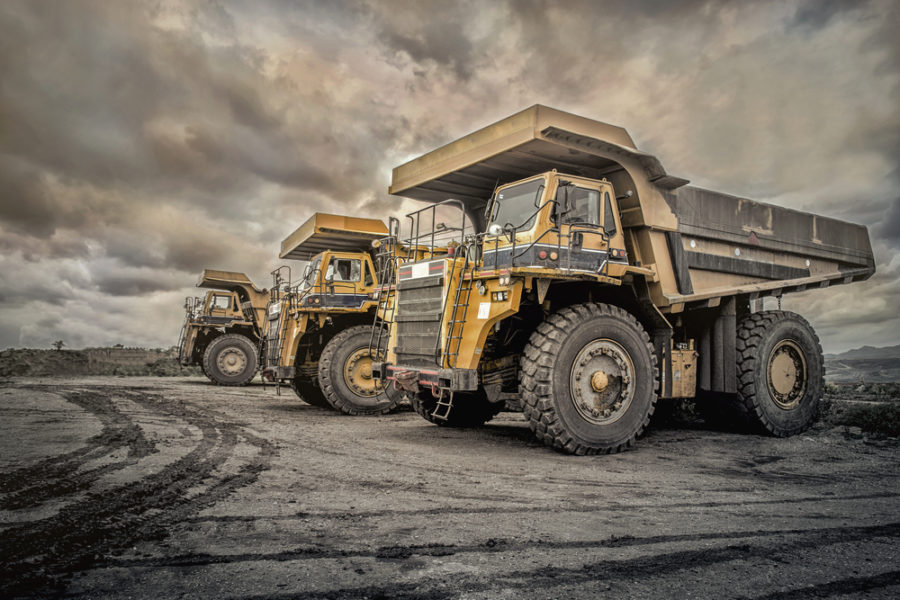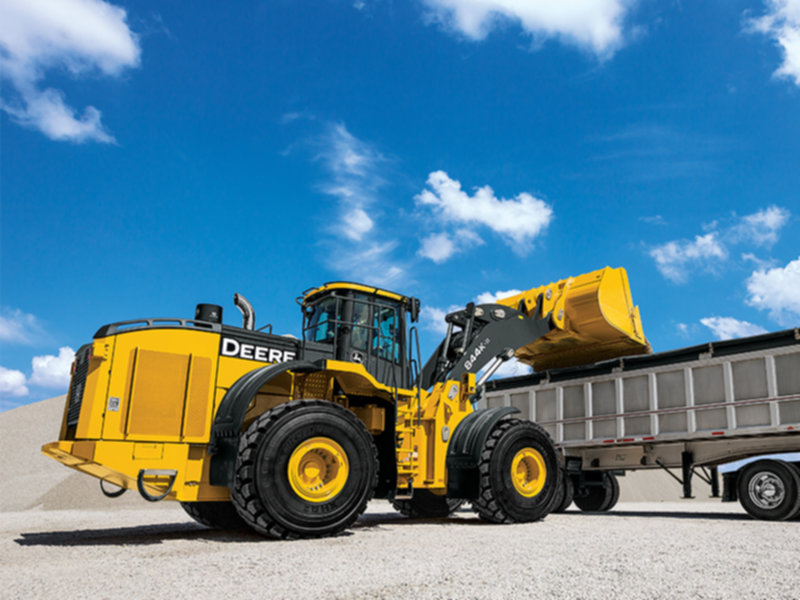Scissor Lift Rental: Safe and Effective Solutions
Wiki Article
Leasing Vs. Purchasing Construction Tools: Making the Right Selection for Your Job
When embarking on a construction task, one of the crucial choices that forecast stakeholders and supervisors deal with is whether to buy or lease building and construction tools. The decision hinges on various aspects such as price considerations, job duration, devices maintenance, danger, scalability, and flexibility management.Price Factors To Consider
When reviewing the financial facet of getting versus leasing building and construction devices, the lasting expenses and ahead of time expenses have to be carefully thought about. Leasing tools commonly needs reduced preliminary payments contrasted to purchasing, making it an attractive option for temporary jobs or service providers with spending plan constraints. Renting out gets rid of the need for huge resources expenses and decreases the financial risk connected with devices ownership, such as maintenance and devaluation expenses. However, in the future, consistently renting out tools can build up greater costs than acquiring, specifically for prolonged jobs.On the various other hand, acquiring building equipment includes higher in advance costs yet can cause lasting savings, especially for lasting projects or regular customers. Possessing equipment offers versatility, convenience, and the possibility for resale value once the project is finished. Furthermore, having devices allows for customization and familiarity with details machinery, potentially enhancing performance and productivity on-site. Inevitably, the choice between renting and buying construction equipment rests on the job's period, regularity of usage, spending plan considerations, and long-term monetary objectives.
Project Duration

Alternatively, for long-lasting tasks or ongoing construction work, getting tools might be the more economical option. Buying devices can cause set you back financial savings over time, particularly if the devices will be regularly used. Additionally, possessing tools gives a feeling of control over its schedule and enables modification to fit specific task requirements.

Equipment Upkeep
Given the important role task duration plays in establishing one of the most affordable approach in between renting out and acquiring building tools, the focus now moves in the direction of analyzing the essential element of devices upkeep. Proper maintenance is critical for ensuring the ideal performance and longevity of building and construction devices. Renting out tools frequently includes the advantage of having actually properly maintained equipment given by the rental company. This can ease the worry of maintenance tasks from the project owner or service provider, saving effort and time. On the other hand, having equipment requires an aggressive approach to maintenance to stop malfunctions, ensure safety, and prolong the equipment's life expectancy. Regular inspections, servicing, and prompt repair services are needed to maintain owned tools in top functioning problem. Variable in upkeep expenses when choosing in between acquiring and leasing, as overlooking maintenance can lead to expensive repair work, downtime, and task hold-ups. Inevitably, a well-kept construction tools fleet, whether leased or owned, is important for the efficient and effective completion of building and construction jobs.Flexibility and Scalability
In the world of building tools management, the facet of flexibility and scalability holds considerable importance for project efficiency and source utilization. Deciding to rent out building and construction devices supplies a high level of adaptability as it enables for the quick modification of equipment kinds and amounts based on the evolving demands of find out this here a project.Renting building and construction tools provides the advantage of quickly scaling operations up or down as task needs rise and fall. Service providers can swiftly add or trade tools to match the task's altering demands without the constraints of possessing possessions that might become underutilized or out-of-date.
Risk Monitoring
Efficient risk monitoring in building devices operations is critical to making certain task success and mitigating possible economic losses. Building and construction projects inherently include different threats, such as tools break downs, mishaps, and task hold-ups, which can significantly affect the task timeline and budget. By very carefully taking into consideration the threats related to owning or renting out construction equipment, job supervisors can make enlightened decisions to reduce these prospective dangers.Leasing building and construction equipment can offer a level of risk reduction by moving the responsibility of maintenance and repair work to the rental business. This can minimize the economic problem on the task proprietor in case of unanticipated tools failures (scissor lift rental). Additionally, renting out provides the adaptability to gain access to specialized tools for particular project stages, minimizing the risk of possessing underutilized machinery
On the other hand, having building tools supplies a feeling of control over its use and upkeep. Nonetheless, this likewise indicates bearing the full obligation for repair work, upkeep costs, and depreciation, raising the monetary dangers related to tools ownership. Cautious danger analysis and factor to consider of elements such as job period, equipment usage, and best site upkeep demands are important in figuring out one of the most ideal option for efficient danger administration in building and construction tasks.
Conclusion
To conclude, when choosing in between getting and leasing building tools, it is necessary to consider price, task period, devices upkeep, threat, scalability, and versatility management. Each variable plays a crucial function in identifying the most ideal choice for the job handy. By very carefully assessing these aspects, job managers can make an enlightened decision that lines up with their budget plan, timeline, and overall job objectives.
Report this wiki page